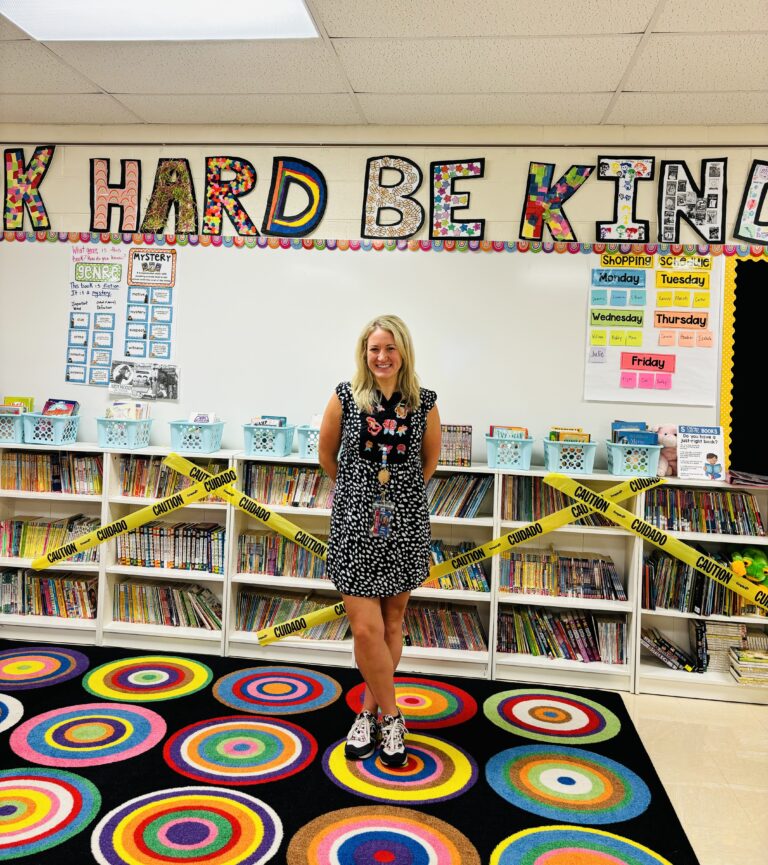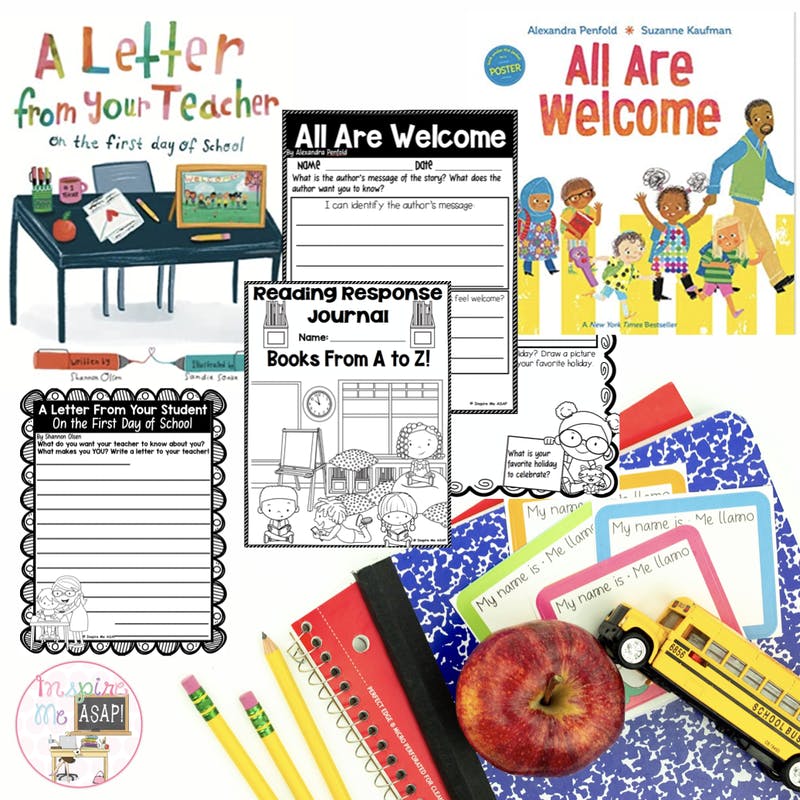In my last couple of blog posts, I explained how I teach guided reading groups remotely and how I use synchronous and asynchronous learning in my own classroom.
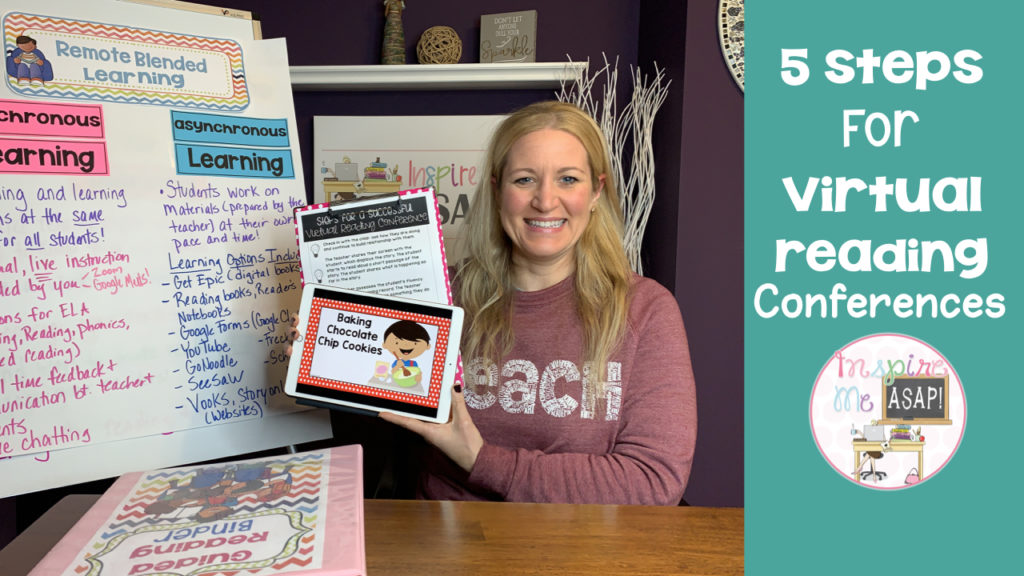
Did you miss those blog posts? If so, you can check out the videos and blog posts below:
Synchronous and Asynchronous Learning Blog Post
Synchronous and Asynchronous Learning Video
Teaching Reading Remotely Blog Post
Teaching Reading Remotely Video
In today’s post, I want to dive a little bit deeper into the reading block and focus specifically on how to hold a virtual live reading conference with your students! Now that students in my classroom have been doing virtual learning for the past semester, they have a good understanding of what our reading block looks like and sounds like. It is the same structure every day. I always begin by explicitly teaching the mini lesson to the whole group. Since we are all together at the same time and I am providing explicit instruction live, this would be considered synchronous learning.
In my previous video and blog post, I explained the difference between synchronous and asynchronous learning, and examples of what that looks like in my virtual classroom. You can read about it here: Synchronous and Asynchronous Learning
For the purpose of this blog post, let’s say that that ELA mini-lesson that I taught was about asking questions as we’re reading. The learning target was, “I can ask questions about the story as I am reading.” I love to use the Mercy Watson’s series as my mentor text for my mini-lessons. My students ADORE this series! So during my explicit instruction, I would read aloud a chapter or two. As I am reading I would explicitly demonstrate and model what it looks like and sounds like to ask questions about the text as I am reading.
Want to watch a video of how to hold a virtual reading conference?
View on YouTube: Virtual Reading Conference
After I finish the reading mini-lesson with the whole group, then the students transition to asynchronous learning time. On Zoom (my district’s online learning platform), I put each student into the waiting room. They know exactly what do work on when they are in the waiting room for their asynchronous learning time.
I then admit one student into the Zoom with me so that we are one-on-one, just like we would be in person for a reading conference. Once all my other students are in the waiting room and my one student is with me in the main Zoom room, then I am ready to begin an “official” virtual reading conference!
Let’s break down the five steps to take for a virtual reading conference. (You can print a FREEBIE of these five steps by clicking on the link at the bottom of this blog post!)
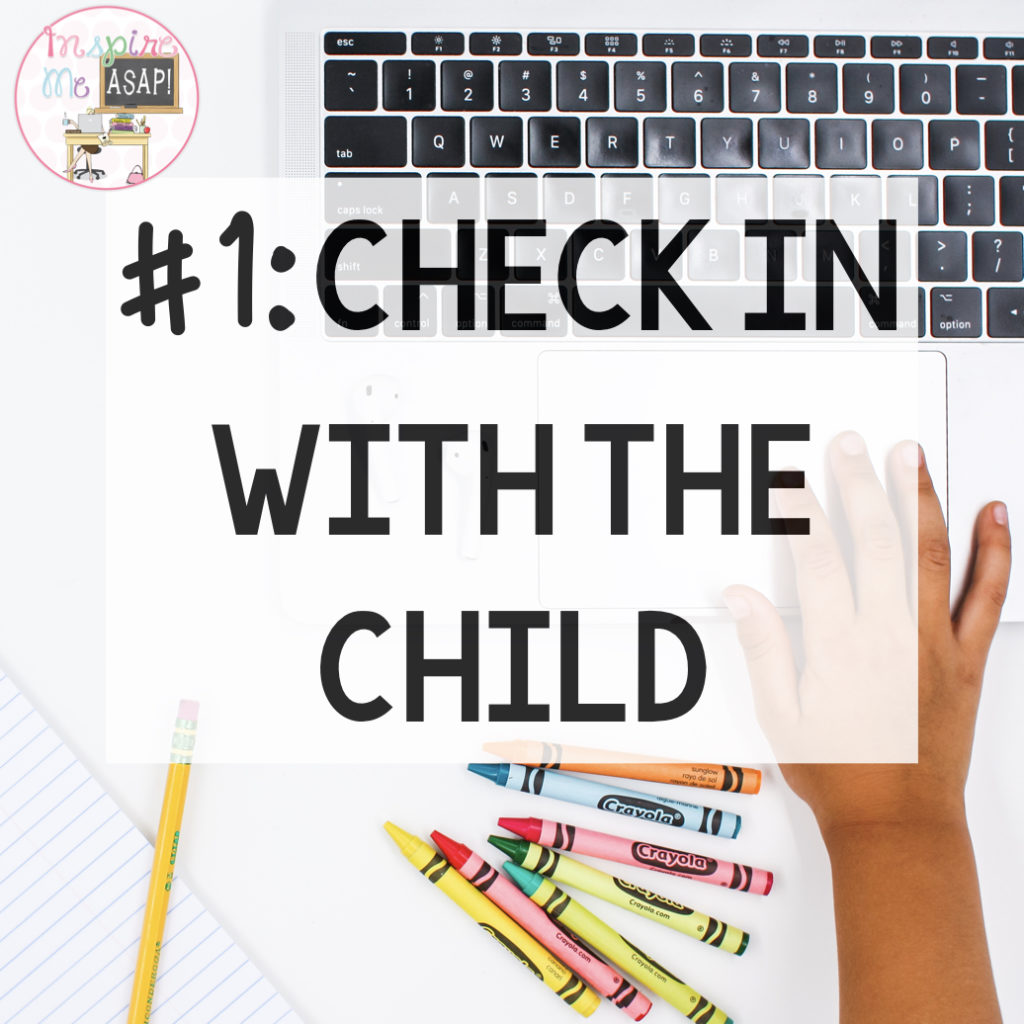
Step One: Check in with the student. Simply ask them, “How are you doing?, How’s it going? How are you feeling today?” You are really just continuing to build that relationship and make that connection with the child. I only spend about 2 minutes on this first step of the conference.
Side note: This is actually my favorite part about having an informal reading conference with a student! I love having an informal conversation with the child, getting to know them better, learning about their hobbies and interests, which ultimately will allow me the opportunity to recommend books to them to read during their asynchronous learning time!
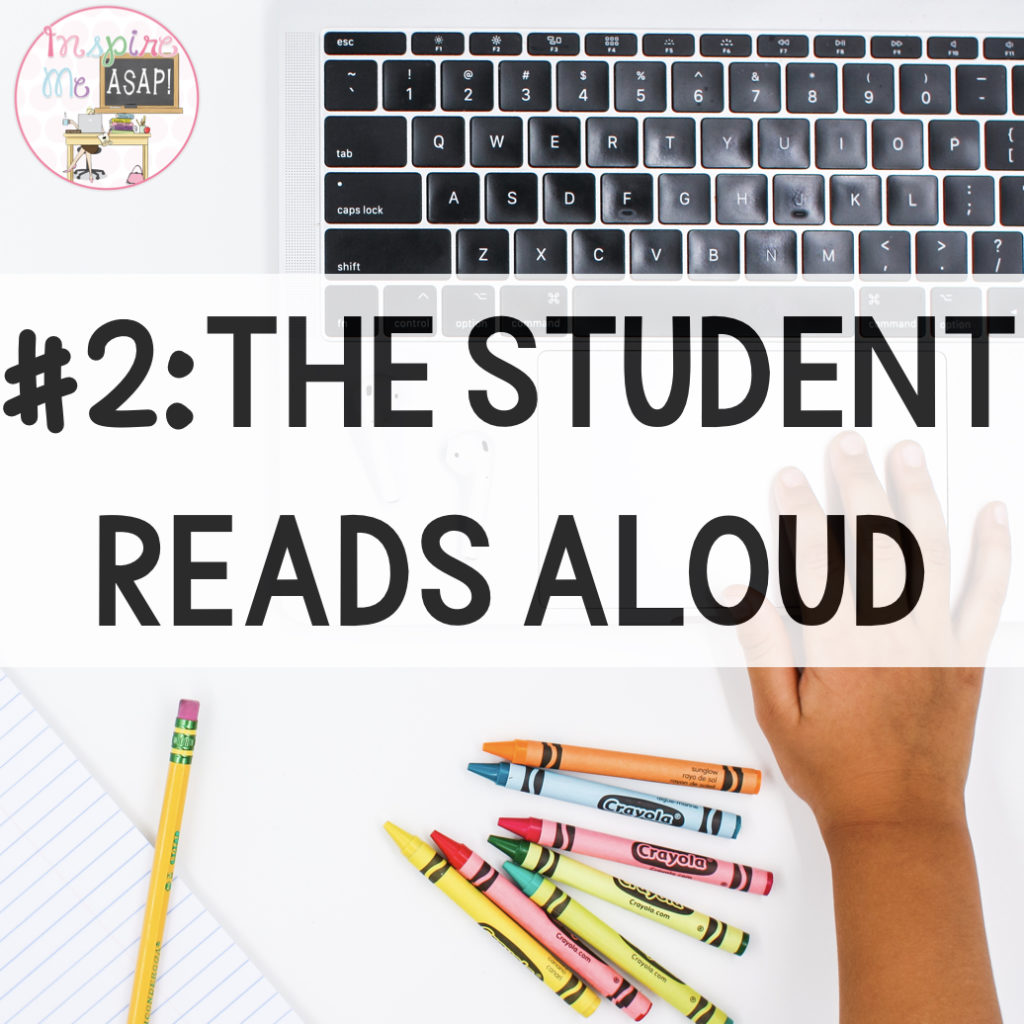
Step 2: We then move onto the second step for a virtual reading conference, where I share my screen on Zoom and invite the student to read aloud the passage or story that is being displayed. (As a host or co-host on Zoom, you have the ability to share your screen.)
I have a reading passage ready for the student to read aloud to me. (These are the guided reading passages that I use for reading conferences. )
When you have the story pulled up on your screen, the child is able to view this story at the same time as you. I have the child read aloud for about 3-4 minutes. The child reads a few pages or a short passage of the story, not the whole story. The goal is to get a feel for what the child sounds like as they are reading the passage.
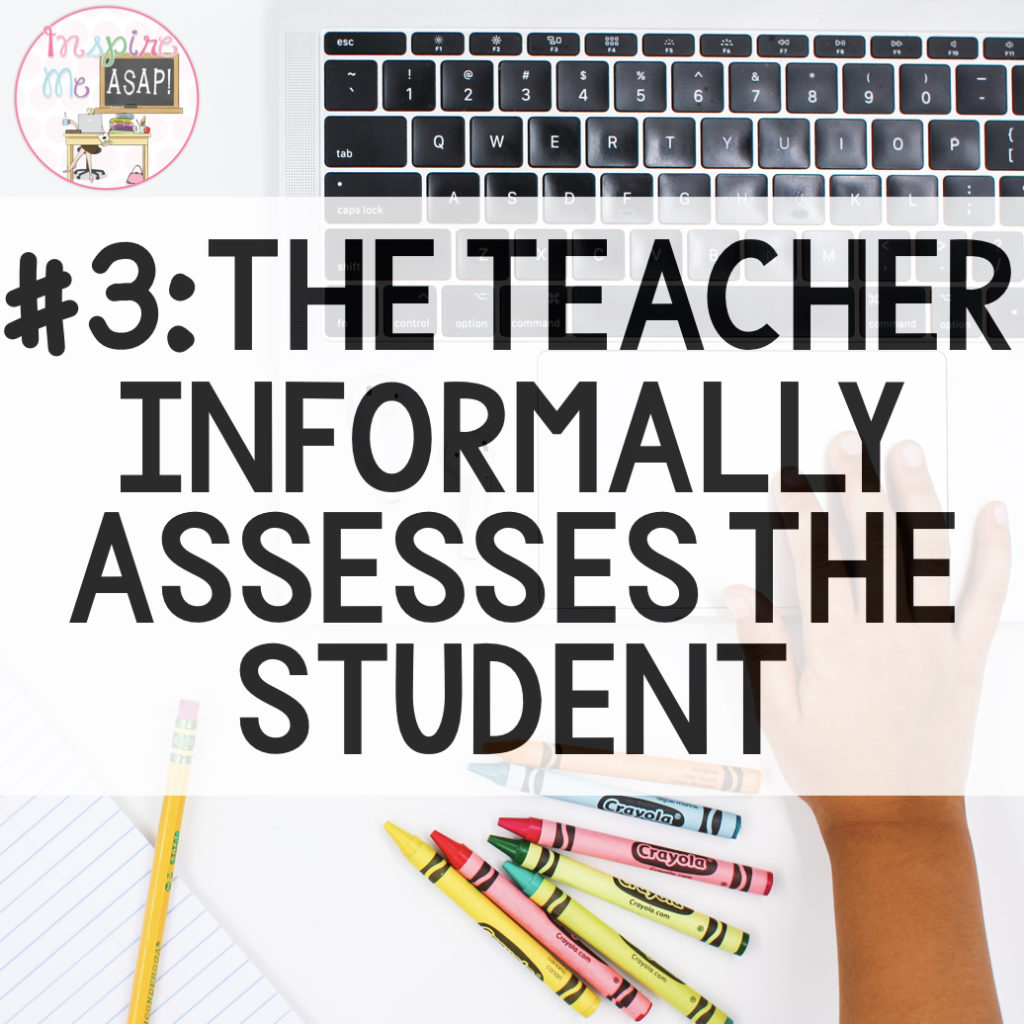
Step 3: The teacher assesses the student’s fluency and may take a running record. The teacher compliments the student on something they do really well.
As the student is reading, my job is to take an informal running record. I only assess their reading for one hundred words and then determine their accuracy rate. I want to make sure that the books that I am using during guided reading time are at the child’s instructional reading level. I also want to know their level of understanding about the text, so I also informally assess their comprehension by asking some questions about the story.
I then give my students one compliment, something that they did a really nice job with. For example, “Hey, you know what I noticed when you were reading that story today? You were reading that really fluently. I noticed that you were stopping at the punctuation marks.” I give positive and specific feedback on their reading.
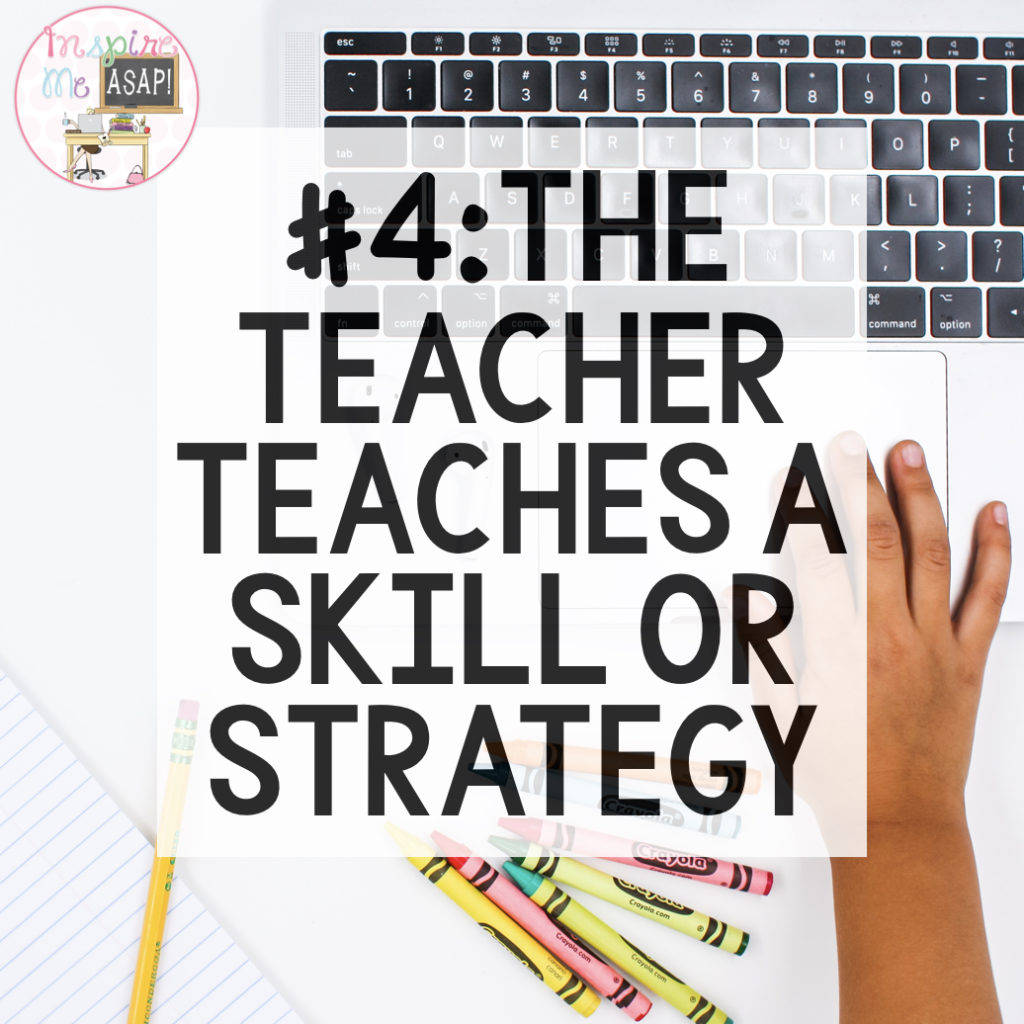
Step 4: The teacher models and teaches a skill or strategy. The student and teacher may work together to create a reading goal.
It is now time to teach the student ONE skill or strategy that they need to focus on, based on what you see a need for when they read aloud to you. I ask myself, “What is ONE thing that this student can do to improve their reading? What’s one strategy? What’s one skill that I am going to explicitly teach to them?”
I then model and demonstrate what it looks like and sounds like to use that strategy.
For example, I noticed one student was not using text evidence to answer questions. Or, when writing in his reading notebook, he was not using text evidence. He was just coming up with (incorrect!) ideas and answers in his head.
I modeled what it looked like to read a question, the possible answers, and then GO BACK TO THE TEXT to find the answer. I explicitly said, “Good readers know to go back to the story to check to see where they see the answer.” I modeled how to do this for a few other questions, highlighting the evidence in the text on the computer screen.
I then invited the student to try. He read aloud the next question and went back to the story to find where the answer was. In talking with this student, he did not know that going back to the story was “allowed” because he was never taught how to use the text to find evidence!
This is the passage that we read together. One of the questions asked, “How long do the cookies stay in the oven?” Again, the student showed me how he went back to the text to find the answer, and not just guess!
On to the last step…
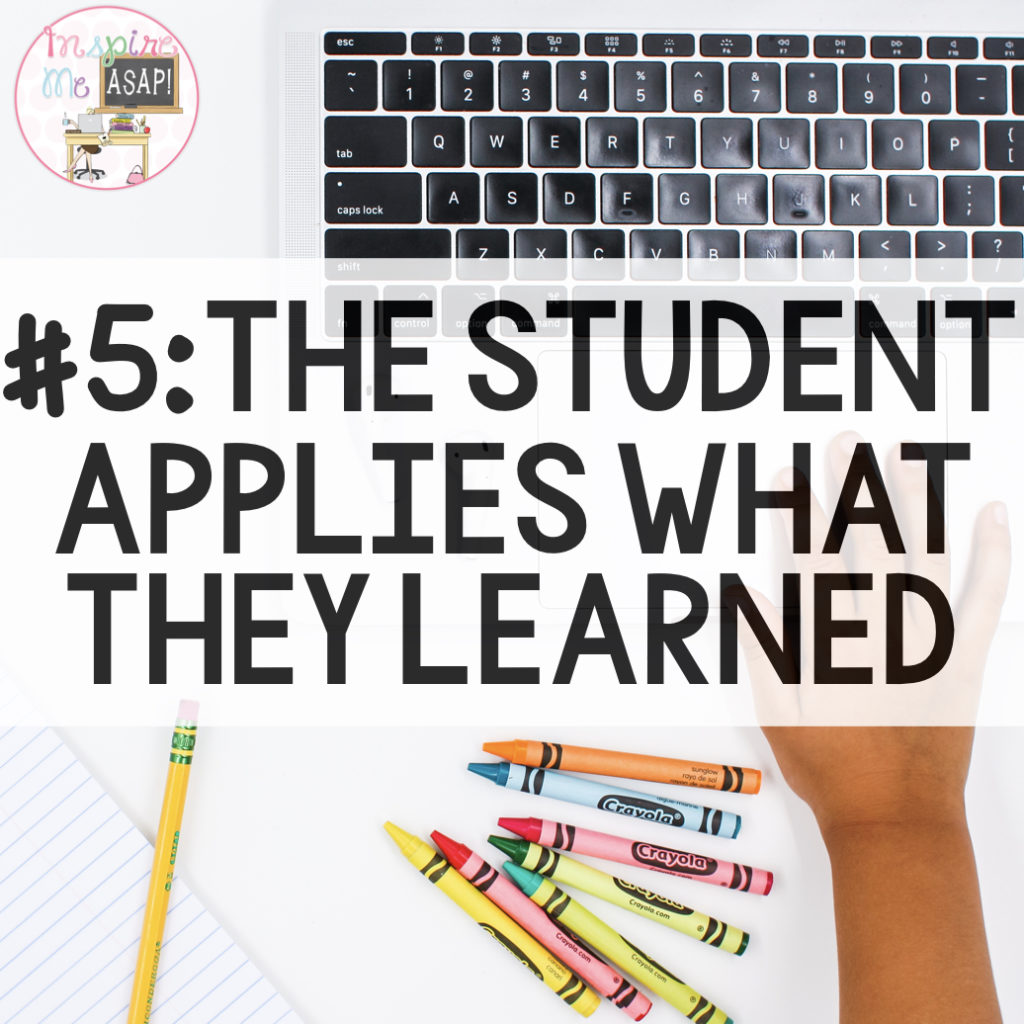
Step 5: The teacher encourages the student to continue to practice the skill or strategy on their own. The teacher and the student decide when they will meet again to see if the student met their reading goal.
As you wrap up your conference with the student, you encourage them to “give it a go!” Encourage them to practice that skill and strategy on their own, during their asynchronous learning time.
At this point, it would also be appropriate to create a reading goal with the student’s input. Many students love the opportunity to “challenge” themselves to become better at something, and reading is no different.
Although holding a virtual reading conference can certainly be a challenge, they can also be so beneficial! And at the very least, you’re going to have that time one on one with a child. That is priceless, especially during this remote learning time where I feel like we’re kind of lacking with that just overall, just that contact with each other and the connections with each other. So for that reason alone, this is actually one of my favorite parts of my reading block is connecting and reading with my students one on one.

I hope that you find these tips useful and you found this video useful! You can click on the button below to download your 5 Steps to a Virtual Conference FREEBIE!





